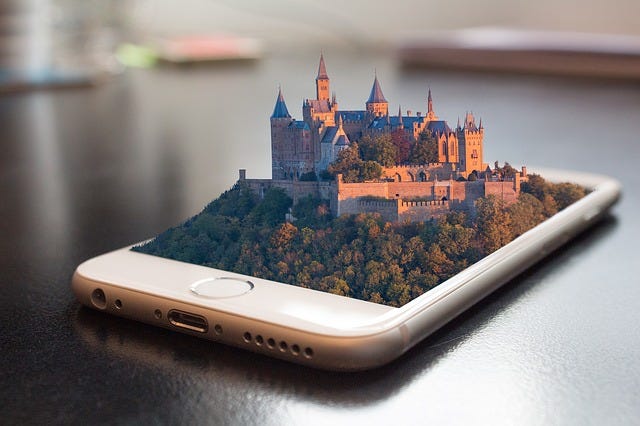Latest news about Bitcoin and all cryptocurrencies. Your daily crypto news habit.

The line between augmented and virtual reality is crumbling.
A year and a half ago, we wrote an article about the differences between VR and AR. The takeaway was that while virtual reality was an immersive experience and augmented reality an additive one, those distinctions were already beginning to break down. Given how many other predictions in the article remain unexplored (Magic Leap has yet to put content out, we can’t touch VR video, and no one is walking around inside their family photos), it feels pretty good to have been so spot on the money about one thing: XR is the future.
Or immersive media, or spatial computing, or whatever you want to call it. Sadly the word salad continues to be tossed, and the battle of semantics grinds into another bloody year. But over at Mozilla, they’ve made a stand. They’re going with XR, and that decision will impact not only their naming conventions, but also their product.
In October 2017, Mozilla announced their plans to split focus from solely VR to a dual strategy that also embraced MR. The WebXR API formalized the different ways those technologies expose views of reality around the user, with the intention to to make it easy for web developers to create web applications that adapt to the capabilities of each platform. Now that API is coming to developers for early testing, and organizations from Google to the Immersive Web Community Group are on board.
This is an exciting step in software, but it’s also an important reminder that we can, and should, bring these technologies closer together. While there are some functions that one or the other will always excel at, a platform capable of handling all use-cases will by its nature stomp all over a platform that’s siloed. For every instance where we can say, okay, VR is inherently better than AR at movies, there’s an instance where we can say, wouldn’t it be great if my phone could handle VR and AR?
Matters of semantics may not seem important, but they can fundamentally affect how we interact with new technology. If we don’t think of the tech as cousins, we aren’t liable to create ways for them to interact. If we don’t latch on to the “reality” that connects them, they may never achieve their full potential. For that reason, buzzwords like XR become key to lighting our way forward, and initiatives like WebXR show us the way.
Written by Wren Handman for Hammer & Tusk.
Will VR and AR Give Way to XR? was originally published in Hacker Noon on Medium, where people are continuing the conversation by highlighting and responding to this story.
Disclaimer
The views and opinions expressed in this article are solely those of the authors and do not reflect the views of Bitcoin Insider. Every investment and trading move involves risk - this is especially true for cryptocurrencies given their volatility. We strongly advise our readers to conduct their own research when making a decision.


